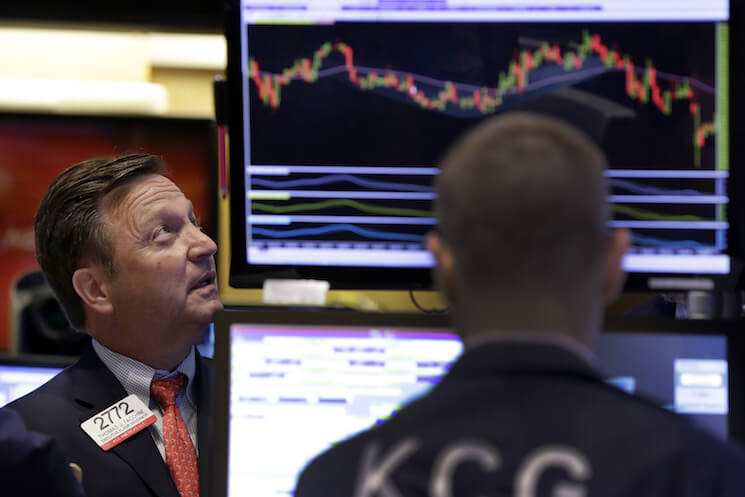Some new stylized facts for a financialized economy

Fifty-five years ago, Nicholas Kaldor, a macroeconomist at the University of Cambridge, laid out six “stylized facts” about economies. Kaldor wasn’t just summarizing what economists had learned about macroeconomics at that point, but he was also outlining what macroeconomists should push forward with their research, as Charles Jones and Paul Romer note in their piece on “the new Kaldor facts.”
In the wake of the Great Recession, economists have started to grapple with the fact that their macroeconomic models didn’t fully appreciate the importance of the financial sector in the swings of the economy. Although they’ve already started this endeavor, a set of stylized facts about the influence of finance and credit might also be helpful. Luckily, a new paper provides such a list.
Written by economists Òscar Jordà of the Federal Reserve Bank of San Francisco, Moritz Schularick of the University of Bonn, and Alan M. Taylor of the University of California, Davis, the paper was part of the annual National Bureau of Economics Research conference on macroeconomics held last week in Cambridge. The paper is part of the economists’ research agenda looking at the long history of banking and credit and their effects on the macroeconomy.
After the ratio of credit to gross domestic product among high-income countries essentially stayed stable for a century, it has increased dramatically since the late 1970s. In 1980, the average bank-lending-to-GDP ratio for high-income countries was 62 percent. Thirty years later in 2010, it was 118 percent. It’s for good reason that economists call this jump the “financial hockey stick.” The increase is due primarily to more mortgage lending as households in advanced economies have become more and more leveraged.
So what does this increasing leverage and financialization mean for these economies overall? Very quickly, here are the paper’s topline results:
- Higher credit is associated with less volatility in overall economic growth, consumption, and investment.
- More credit is associated with lower average economic growth.
- More credit is also associated with higher chances of more “spectacular crashes.”
- All of these correlations are stronger in the period of high leverage since the 1980s.
Note that these are just correlations, so the paper isn’t saying that credit necessarily causes these outcomes. Rather, models of the macroeconomy should be able to account for the strong relationships between key measures (output, consumption, investment) and the amount of credit in the economy. In our financialized economy, it’s something we should figure out sooner rather than later.
